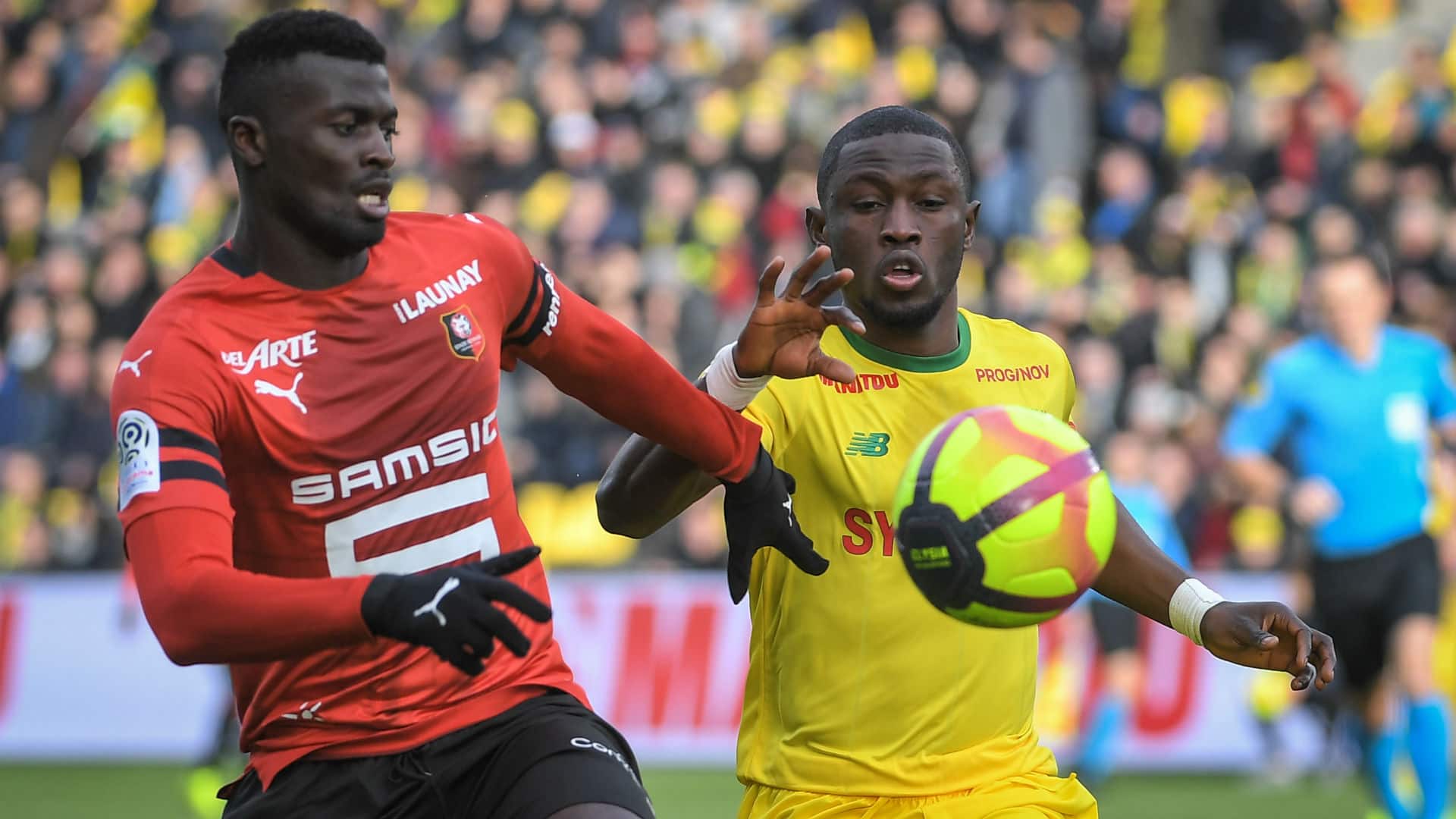The clashes between Rennes and Nantes, two cities in the Brittany region of France, are steeped in a rich history of rivalry and fan culture. Known as the “Derby de Bretagne,” this matchup goes beyond mere sports; it embodies regional pride, historical divisions, and a passionate fan base that lives for the thrill of competition. In this article, we will explore the origins of this rivalry, the distinctive fan cultures in both cities, the traditions that have emerged around their clashes, and the impact of these encounters on local communities.
The Historical Context of the Rivalry

The rivalry between Stade Rennais and FC Nantes dates back to the early 20th century, with the first recorded match occurring in 1902. Over the decades, the two clubs have experienced their share of successes and challenges, but their encounters have always been marked by intense emotions. The historical context of Brittany, which has its own unique identity within France, adds layers to this rivalry. The region has a history of cultural and linguistic pride, as many Bretons speak the Breton language and celebrate local customs.
The Significance of the Derby
The Derby de Bretagne is not just a local football match; it is a representation of the broader cultural and social dynamics in Brittany. The rivalry signifies:
- Regional Identity: Fans often view the match as a way to assert their city’s pride and superiority.
- Historical Divisions: The cities of Rennes and Nantes have historically competed for economic and cultural dominance within Brittany.
- Community Engagement: The matches draw in vast crowds, fostering local engagement and support for community initiatives.
Fan Cultures: Rennes vs. Nantes
Both clubs boast dedicated fan bases with their own distinct cultures, rituals, and traditions that enhance the experience of the derby.
Rennes: The Rouge et Noir
Supporters of Stade Rennais, known as the “Rouge et Noir,” are distinguished by their passionate displays of loyalty. The fan culture in Rennes is characterized by:
- Choreographed Displays: The stands are often filled with banners, flags, and coordinated chants that create an electric atmosphere.
- Community Involvement: Rennes fans frequently engage in community service projects, emphasizing their commitment to the local area.
- Vibrant Social Media Presence: The fan base actively uses social media platforms to share news, organize events, and promote their culture.
One notable example of Rennes fan culture is the “Bretagne en Rouge et Noir” campaign, which encourages fans to wear the club’s colors and participate in community events leading up to the derby.
Nantes: The Canaris

On the other side, the supporters of FC Nantes, known as “Les Canaris,” exhibit their own unique traditions and fervor. Their culture is marked by:
- Historical Rivalry: Nantes fans celebrate their club’s storied history, which includes multiple Ligue 1 championships.
- Passionate Chants: The “Yellow Army” is known for their loud and passionate chanting, especially during derbies.
- Family-Friendly Atmosphere: Many fans bring their families to matches, creating a welcoming environment for all ages.
The club’s motto, “On est Nantes!” (We are Nantes!), is a rallying cry that encapsulates the pride and unity among fans, especially during the derby.
Traditions Surrounding the Derby

The Derby de Bretagne is not merely a sporting event; it is a cultural phenomenon that features various traditions and rituals. These traditions serve to enhance the experience for fans and contribute to the derby’s significance.
Pre-Match Rituals
In the lead-up to the match, both sets of fans engage in a variety of pre-match rituals:
- Gathering in Public Spaces: Fans often congregate in local bars and town squares to share their excitement and predictions for the match.
- Chanting and Singing: Groups gather to sing club anthems, creating a sense of camaraderie and anticipation.
- Displays of Colors: Fans adorn themselves in their club colors, with many wearing jerseys, scarves, and face paint.
The Matchday Experience
During the match, the atmosphere is electric, with both sets of fans competing to outdo each other in terms of noise and support:
- Choreographed Tifos: Large displays of artwork made from colored paper are unveiled at the start of the match.
- Drumming and Instruments: Many fan groups bring drums and other instruments to amplify their chants.
- Post-Match Celebrations: Regardless of the outcome, fans often gather to reflect on the match, celebrate victories, or commiserate losses together.
The Impact of the Rivalry on Local Communities
The clash between Rennes and Nantes has significant implications for local communities. It fosters camaraderie among fans, but it can also lead to tensions that spill over into violence in some cases. Understanding the impact of the derby is crucial for appreciating its role in the region.
Positive Effects
- Economic Boost: Match days typically result in increased business for local bars, restaurants, and shops.
- Community Pride: The derby fosters a sense of belonging and pride within both cities, reinforcing local identities.
- Charitable Initiatives: Both clubs frequently engage in community outreach and charity events, further strengthening their ties to the region.
Negative Effects

- Violence and Hooliganism: Incidents of violence have marred some derbies, leading to increased security measures.
- Divisions Within Communities: The rivalry can create divisions among residents, complicating community relationships.
- Disruption to Daily Life: Major matches can lead to traffic disruptions and increased police presence.
The rivalry between Rennes and Nantes is a vivid tapestry woven from the threads of history, culture, and community. The passionate fan cultures of both cities play a critical role in shaping the Derby de Bretagne, creating traditions that enhance the experience for supporters and the local community. While the derby brings about economic benefits and fosters regional pride, it can also lead to challenges that require careful navigation. Ultimately, the Rennes vs. Nantes clashes are more than just football matches; they are a celebration of identity, loyalty, and the enduring spirit of Brittany. Understanding this rivalry enriches the appreciation of not only the sport but also the cultural dynamics at play.